
The common crested pheasant (Pauxi pauxi) is known by its foreign name Helmeted Curassow.Listed on the International Union for Conservation of Nature (IUCN) 2016 Red List of Threatened Species ver 3.1 - Endangered (EN).Protect wild animals and eliminate wild meat.Maintaining ecological balance is ev...
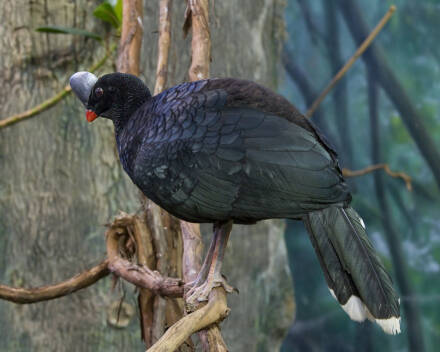
Sira Curassow (Pauxi koepckeae) was once a subspecies of the horned helmeted pheasant (Pauxi unicornis) in Peru, and was classified as a separate species in 2014.The chirp is a long phrase repeated every four seconds with three or four notes, with the first note being the loudest. The alarm is an ex...
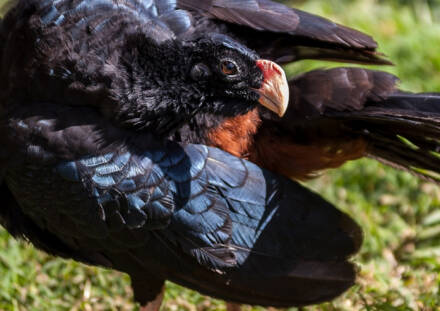
The Alagosian Curassow (Mitu mitu) is a relatively large black bird.The Alagoan helmet-billed pheasant was described in the early 17th century, but was not reported until 1951, when it was rediscovered in Alagoas, northeastern Brazil. The last known record of this species in the wild comes from an o...
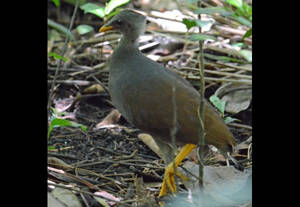
The Tongan Scrubfowl (Megapodius pritchardii) is an omnivorous bird that eats a variety of foods on the forest floor. Shy and mysterious, but can perch in small trees and fly short distances, not long distances. Good long race, fast speed is difficult to catch up. Like other megapods, they use tempe...

The Nicobar Scrubfowl (Megapodius nicobariensis) is a large and medium-sized bird with two subspecies.Nicobar megapods are omnivorous and eat a wide variety of foods on the forest floor. Shy and mysterious, but can perch in small trees and fly short distances, not long distances. Good long race, fas...
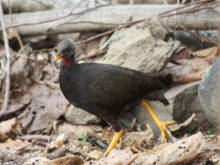
The Micronesian Scrubfowl (Megapodius laperouse) is a large and medium-sized bird with two subspecies.Micronesian megapods are omnivorous and eat a wide variety of foods on the forest floor. Shy and mysterious, but can perch in small trees and fly short distances, not long distances. Good long race,...
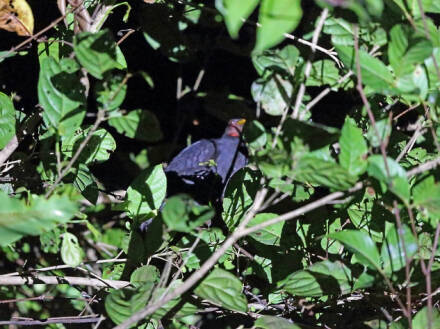
Biak Scrubfowl (Megapodius geelvinkianus).The diet of the megacan is mainly plant flowers, seeds, fruits, etc. The megapod has created a complete brooding system without having to incubate its own eggs directly. Laying eggs near a very hot volcano or uncooled lava; Some go to the beach to incubate t...
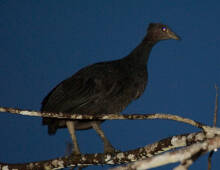
The common Megapodius freycinet, also known as Dusky Scrubfowl, is a species of megapod fowl in the family Megapodius.Common megapods eat mainly plant flowers, seeds, fruits, etc., but also invertebrates (reported to have snails and beetles in their stomachs). The breeding season is February-March o...
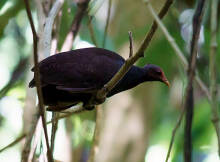
Melanesian Scrubfowl (Megapodius eremita).The diet of Melanesian megapods is mainly plant flowers, seeds, fruits, etc. The megapod has created a complete brooding system without having to incubate its own eggs directly. Laying eggs near a very hot volcano or uncooled lava; Some go to the beach to in...
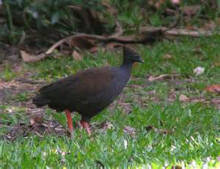
New Guinea Scrubfowl (Megapodius decollatus).The diet of New Guinea megapods is mainly plant flowers, seeds, fruits, etc. The megapod has created a complete brooding system without having to incubate its own eggs directly. Laying eggs near a very hot volcano or uncooled lava; Some go to the beach to...
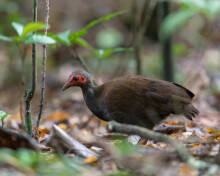
The Sula Scrubfowl (Megapodius bernsteinii) is a large terrestrial bird endemic to Indonesia.It is active at night, mainly at dawn and dusk. Temperament is withdrawn, often alone activity, even in breeding season is rarely paired activity. Weak in flight, but very good at running. Likes to make loud...

Malleefowl (Leipoa ocellata), no subspecies.The pheasant is very timid and cautious, and will run away or hide in a tree when in danger. Although they are active, they are immediately stationary when disturbed, using their body's ability to camouflage to avoid. They also have a variety of ways t...
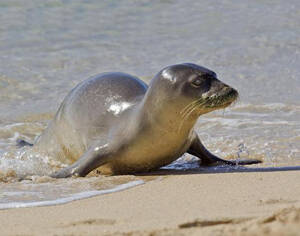
The scientific name of the Mediterranean monk seal is Monachus monachus, and its foreign name is Mediterranean monk seal. It is an ancient and rare seal. Its head is very round and densely covered with short hair, which looks like a monk's head, hence the name. It is the rarest seal in the world...
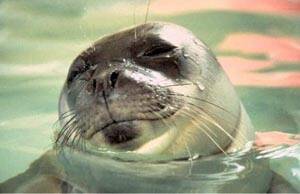
Caribbean monk seal, Monachus tropicalis (Gray, 1850) foreign name Caribbean monk seal, a seal of the genus Phocaeus in the family Phocidae.Monk seals prefer warm tropical waters, and their body shape is more suitable for living in water than sea lions and walruses. Their hind limbs cannot bend forw...
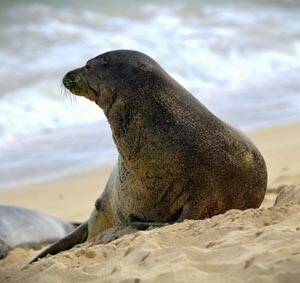
Hawaiian monk seal (scientific name: Monachus schauinslandi) is the only native seal in Hawaii.Except for the breeding season, Hawaiian monk seals usually live alone and occasionally in small groups. They are active at night, spend a lot of time foraging at sea, and return to the shore to sleep afte...